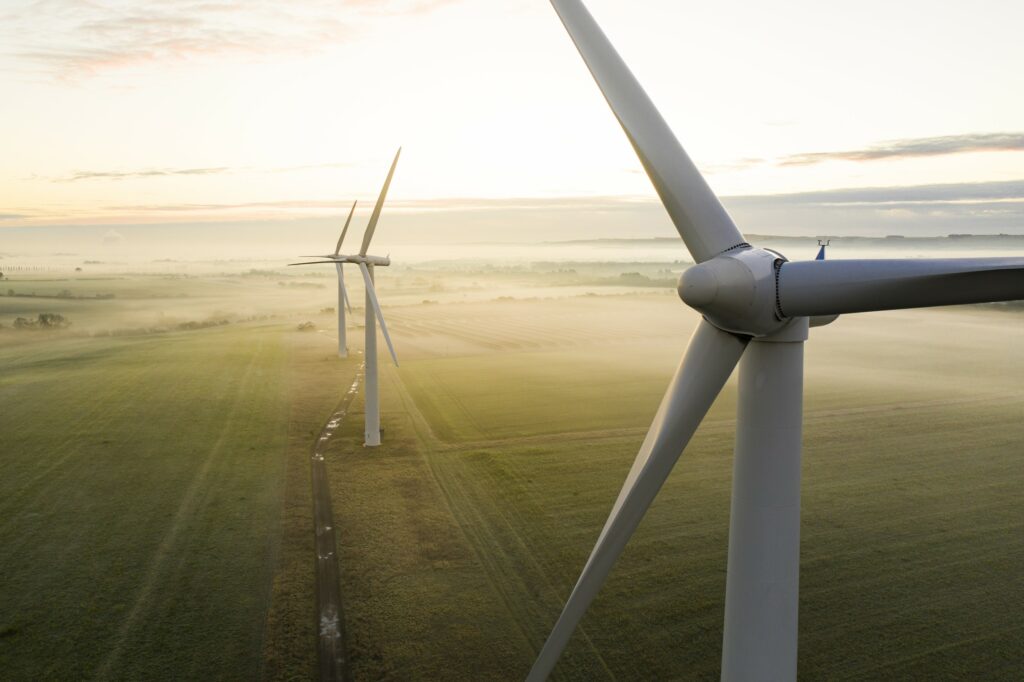
WEST is proud to be a Gold Sponsor at REWI’s Wind Wildlife Research Meeting this week in Kansas City, Missouri. We are excited to see you in person! Stop by our booth to say hello!
The WEST team is participating in the following live panel, in-person poster, and on-demand sessions:
Tuesday, November 15th
Wildlife Monitoring: A Strategic Conversation to Increase the Management Value of Post-Construction Monitoring
Bat and bird conservation priorities and key knowledge gaps
Amanda Hale, Ph.D., Panelist
Wednesday, November 16th
Wind Energy and Wildlife in the Context of Climate Change: Thinking Globally, Siting Locally Revisited Sites 8 Years Later
Indirect, climate-mediated effects of renewable energy production on species’ extinction
Paul Rabie, Ph.D., Panelist
Estimating Direct Impacts to Birds and Bats: State of the Science and Challenges to Implementation
The importance of bird type in carcass persistence trials: raptors vs. game birds
Quantifying incidental eagle carcass detection at operating wind farms
Daniel Riser-Espinoza, Panelist
A multi-sensor approach for measuring bird and bat collisions with wind turbines: Completed Validation Results
Jennifer Stucker, Ph.D., Panelist
Thursday, November 17th
Technological Solutions to Minimize Impacts
Test of an acoustic-activated curtailment system for minimizing bat fatalities
Victoria Zero, Panelist
When Should We Start to Worry: Translating Fatality Events into Population-level Effects
One-size does not fit all: species composition of wind turbine fatalities varies by region and with the spread of white-nose syndrome for three sensitive bat species
Amanda Hale, Ph.D., Panelist
Poster Sessions
“Bat diets and the potential role of crop-pest emergence as a contributor to bat mortality at wind facilities: a literature review and model exploration“
Amanda Hale, Ph.D., Presenter
“Predicting hoary bat fatalities using the passage of regional weather systems“
Julie Bushey, Presenter
“Activity and foraging behavior of bats offshore on Lake Erie“
Mike True, Presenter
“Seminole bats at Midwest wind facilities – evidence of fall northward movement and an update to the fall species range map“
Mike True, Presenter
“Whooping crane inland winter habitat selection“
Brandi Welch-Acosta, Ph.D., Presenter
On-Demand Presentations
“Curtailment: From blanket curtailment through smart curtailment and beyond“
Lauren Hoskovec, Ph.D., Presenter
“Whooping crane inland winter habitat selection“
Brandi Welch-Acosta, Ph.D., Presenter
“Response of lesser prairie-chicken to a wind energy development located in a fragmented landscape“
Chad LeBeau, Presenter
“Greater sage-grouse population trends relative to wind energy infrastructure in Wyoming“
Kurt Smith, Ph.D., Presenter
“UAS-based Line Transect Surveys to Measure Bat Occupancy, Abundance, and Species Composition at Wind Energy Facilities“
Leigh Ann Starcevich, Ph.D., Presenter
“Combining acoustic deterrents with curtailment further reduces bat mortality for some species“
Rhett Good, Presenter
Other WEST Co-Authored Presentations
“Power Infrastructure Design – Blind Spots: Case Studies to Identify Patterns and Trends Specific to Substation and Power Line Design and Relative to System Reliability, Regulatory Compliance, and Liability“
Lori Nielsen, Co-author
“Engineering models for orographic and thermal updrafts for raptor movement simulators“
Chris Farmer, Ph.D., Co-author
“Decoding golden eagle movement behavior from high resolution, variable rate telemetry data through Bayesian filtering“
Chris Farmer, Ph.D., Co-author
“A heuristic agent-based model for simulating golden eagle flightpaths and mapping potential collision risk“
Chris Farmer, Ph.D., Co-author
